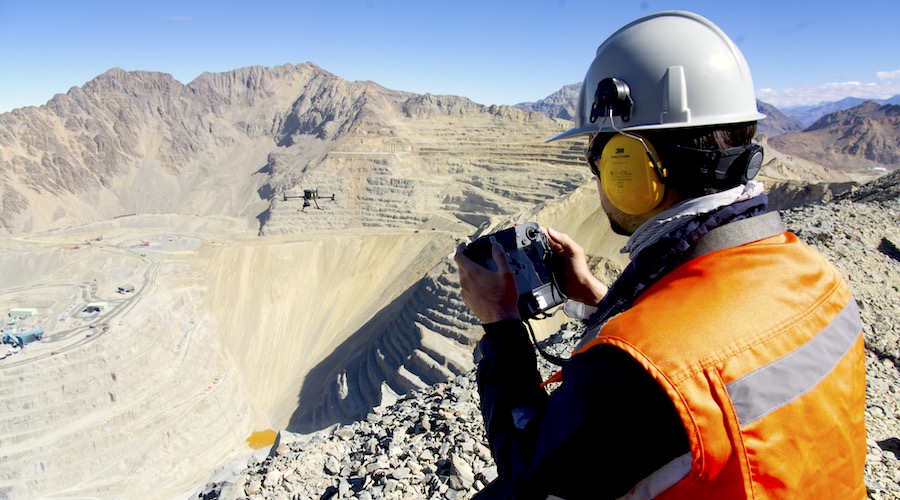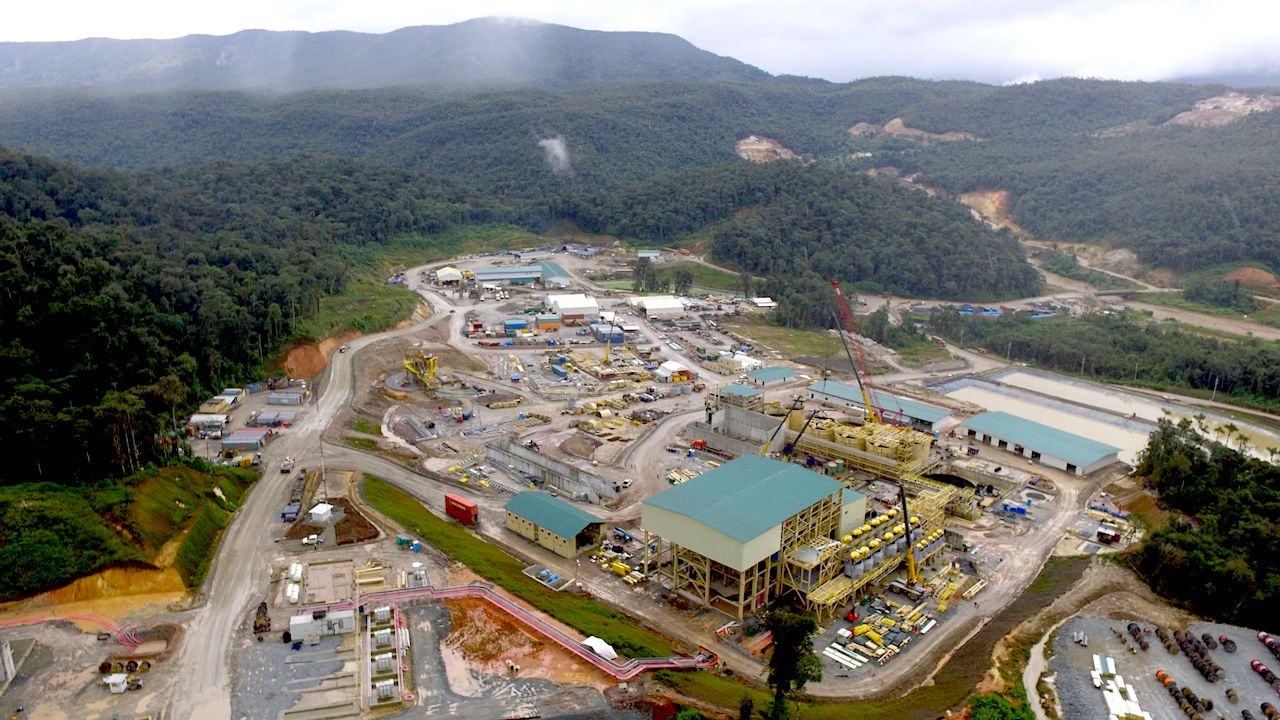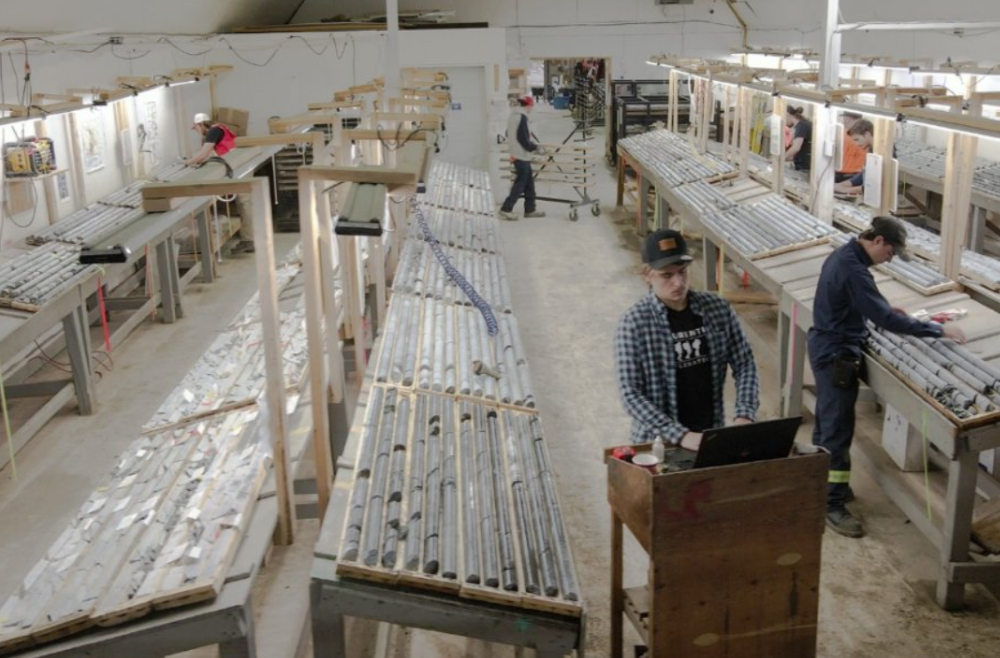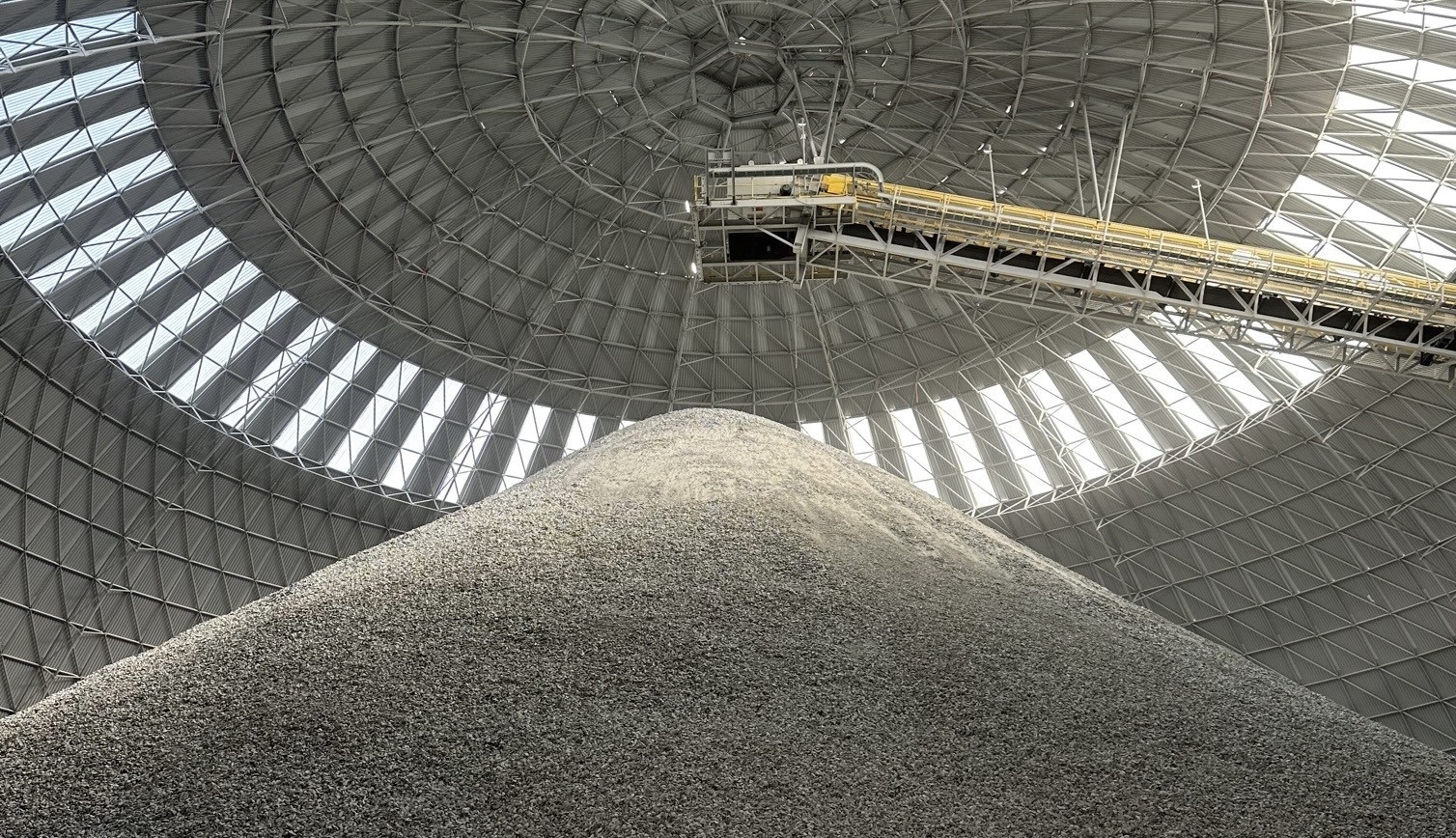VANCOUVER — Quebec-based gold producer Semafo Inc. found out just how punishing markets can be these days when the company released long-awaited exploration results at its Mana gold mine 200 km west of Ouagadougou, Burkina Faso. Originally expected in early 2012, Semafo’s reserve report was delayed pending additional sampling reviews at independent assay labs. The company finally released its update on July 12 to a hostile market response.
Semafo’s update focused on expanding reserves and resources at Mana in a bid to increase throughput capacity to 6,000 t/d, which would boost the company’s total gold production by 120,000 oz per year.
Semafo announced in September 2011 that it was aiming to construct a US$100-million satellite crushing and milling facility at Mana to transition ore to its existing plant. The company had already moved ahead with equipment and construction contracts, including a pipeline to provide additional water supply to extend operations.
Semafo conducted a US$39-million exploration program during 2011 that included 438,000 metres of drilling at Mana and focused on establishing reserve and resource increases that would underpin its growth strategy. Unfortunately, results seemed to indicate that Mana's goldfields may not warrant the planned capital expenditures.
In-fill drilling at the Fofina and Fobiri deposits, two of the main targets in Mana's south sector, revealed that total reserves and resources had plummeted from roughly 18 million tonnes grading 2.5 g/t Au to 12 million tonnes grading 1.95 g/t. As a result contained resources and reserves dropped from 1.4 million oz of gold to 818,000 oz of gold.
Semafo could find some solace in the fact exploration at its southern Yaho deposit resulted in the addition of 39 million inferred tonnes carrying 1.3 million contained oz of gold, though a low-average grade of 1.06 g/t may be reason for concern. Yaho currently boasts measured and indicated resources totalling 21 million tonnes grading 1.03 g/t for 724,000 contained oz.
In addition to a disappointing exploration effort, Semafo is dealing with a degradation of Mana’s reserves as contained gold and grade continue to decline. Mana's reserves dropped from 25 million tonnes grading 2.64 g/t Au for 2.2 million contained oz in 2010 to 26 million tonnes of 2.4 g/t Au for 1.98 million oz of gold in 2011.
Overall Semafo's proven and probable reserves decreased from 36 million tonnes grading 2.4 g/t Au for 2.8 million contained oz in 2010 to 37 million tonnes at an average grade of 2.18 g/t Au for 2.65 million oz contained gold in 2011, a number that includes the company's Kiniero gold mine in Guinea and Samira Hill mine in Niger.
Further complicating Semafo's plans were underwhelming metallurgical results on samples from its southern deposits, which include Fofina, Fobiri, and Yaho. According to reports, Semafo faced sulphide related challenges that resulted in recovery rates of 20% at Fobiri, 26% at Fofina, and 48% at Yaho during preliminary carbon-in-leach testing. The company stated it remains optimistic in regards to metallurgical improvements from potential sulphide flotation, and concentrate regrinding and oxidation.
The sole bright light from Semafo's release comes from a decision to develop its Wona-Kona super open pit, which contains 22.7 million tonnes grading 2.32 g/t Au for 1.7 million oz of proven and probable reserves. Though the project has high strip costs with 272 million tonnes of waste carrying a US$239 million price tag over life of mine, it saves the company an upfront capital expenditure totalling US$140 million that would have been required to develop the underground infrastructure to access additional ore.
As a result of the decision Semafo was forced to swallow US$17 million in underground related investments it says were “associated with feasibility studies, penalties on cancelled equipment purchases, subcontractor expenditures, and infrastructure specifically related to the underground project.”
Markets were quick to strike following the release, as investors sold off Semafo shares at nearly 10 times the usual rate with 10.5 million shares changing hands as the company dropped 22.1% or 96¢ en route to a $3.39 close. Semafo has been trending downward since late January, losing around 29% or $2.20 over the past five months. The company has traded within a 52-week range of $3.24 and $10.48.
Semafo has 273 million shares outstanding and a press time market capitalization totalling $926 million.
Bank of Montreal (BMO) capital markets analyst Andrew Breichmanas downgraded Semafo to “market perform” and dropped his target price from $7.50 to $5.00 as a result of the release. He cited the failure of an "aggressive exploration program, as well as the poor metallurgical recovery rates as reasons for the downgrade.
“Semafo’s assets still offer good potential to support higher production rates; however, the timing on delivery of growth is now uncertain,” Breichmanas wrote in a July 11 research report. “BMO Research currently assumes capacity increases at the existing Mana plant to process additional saprolite ore and offer near term growth opportunities. The contribution from the South sector remains in forecasts but has been delayed for initial production toward the end of 2015.”
To read more Northern Miner articles, click here





Comments